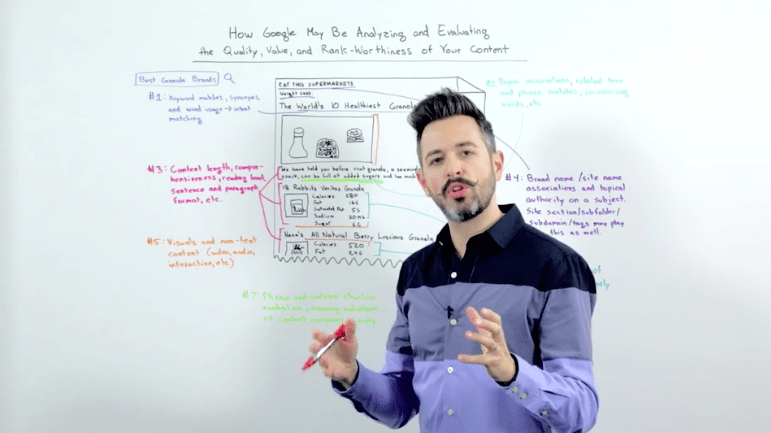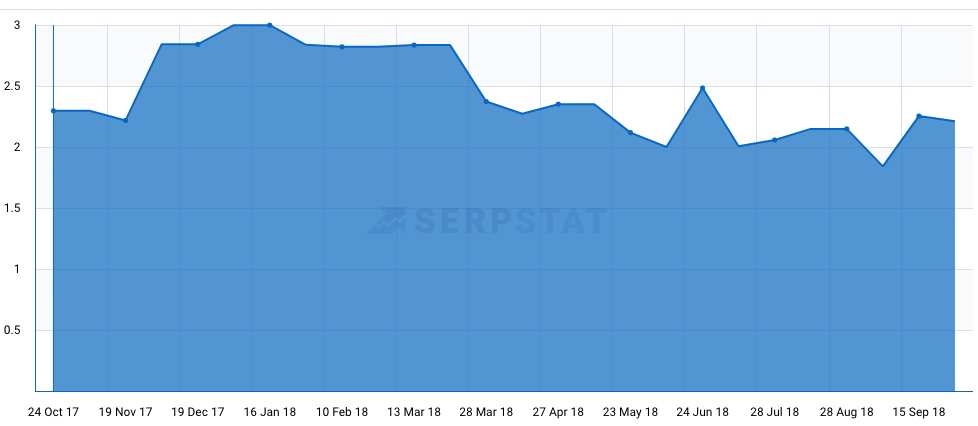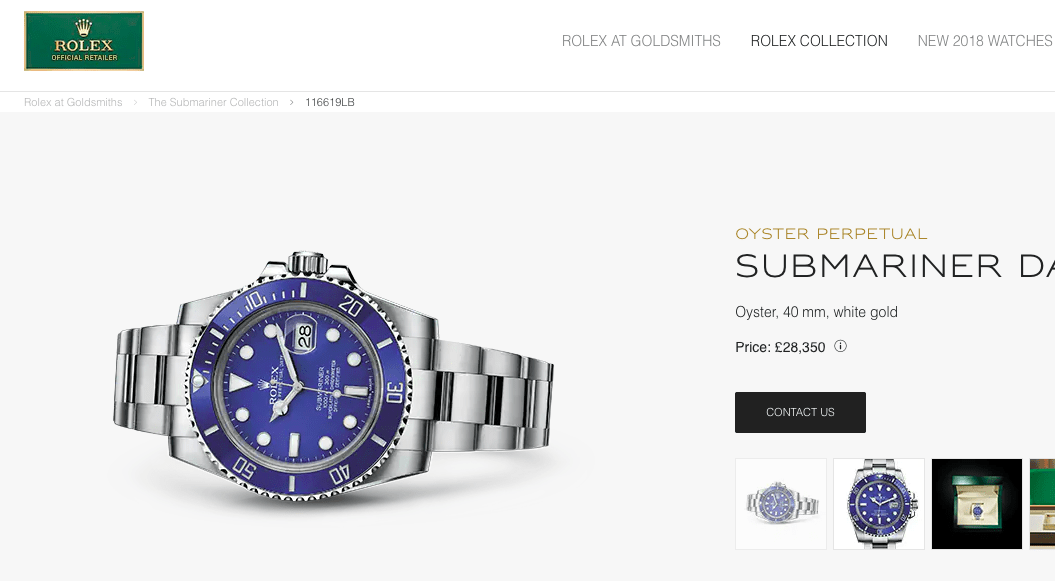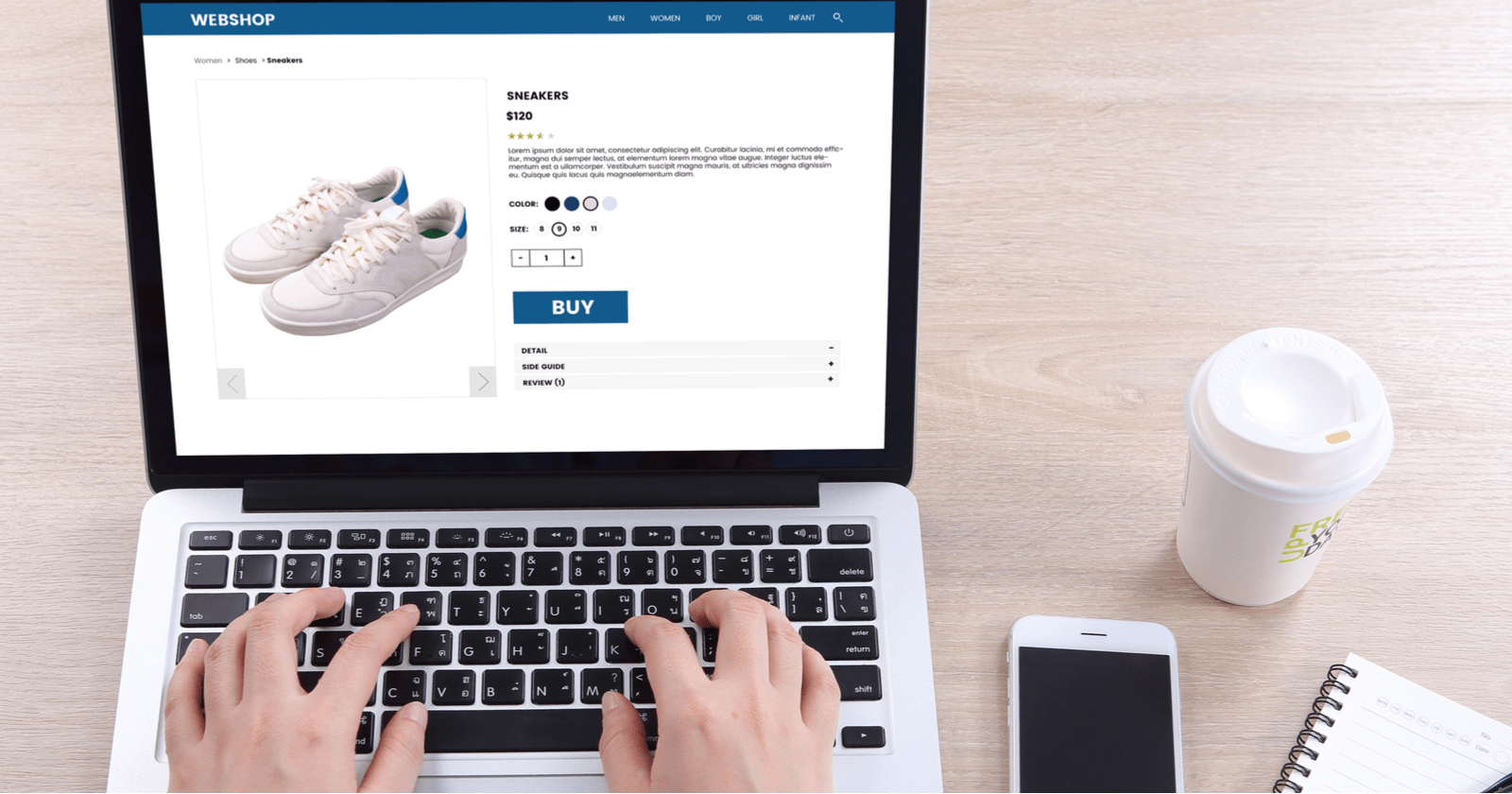When Google updated their Search Quality Rater Guidelines in July this year, the concept of E-A-T (Expertise, Authority, Trust) gained spotlight once again.
The updated guidelines increased the focus on E-A-T, as well as the author of the content as an individual – not just the authority of the website/brand as an entity.
For ecommerce websites, achieving E-A-T is a balance of optimizing page formats and content design for conversion and achieving the necessary on-page signals that Google is looking for.
This is especially important seeing as ecommerce pages will likely fall under the category of YMYL (Your Money or Your Life) pages, meaning the information displayed on those pages will be expected to be of the highest accuracy, and trustworthiness.
What the Guidelines Say
Google’s Search Quality Rater Guidelines advise the raters that expertise, authority, and trust are core elements of how Google perceives “content quality.”
When it comes to E-A-T for product category and individual product pages, the concept differs to that of long-form content and blog articles.
For an ecommerce site, authoritative text on pages isn’t enough. All features and elements of the page contribute to the perceived user quality.
 How Google May Analyze and Evaluate the Quality, Value, & Rank-Worthiness of Your Content – Whiteboard Friday – April 1, 2016`
How Google May Analyze and Evaluate the Quality, Value, & Rank-Worthiness of Your Content – Whiteboard Friday – April 1, 2016`In April 2016, Moz published a Whiteboard Friday video that I think gives a great breakdown on the type of content you need to include on product pages. It also ties in with the idea of search intent – and optimizing pages to match search queries, not just those with the highest CPC average monthly search volumes.
This ties in with what Google outlines in their guidelines as to what they expect to see when looking for E-A-T on ecommerce websites.
For the quality raters, whose influence is only minor, to establish the E-A-T of your commerce pages, there are certain elements they need to be able to clearly identify to score expertise, authority, and trust.
Within the rater guidelines themselves, as an example of high-quality E-A-T for shopping pages, Google gives the example of the L.L.Bean Deluxe Book Pack product page. This page demonstrates:
- Very high level of E-A-T for the purpose of the page.
- Very positive reputation (website).
- A satisfying or comprehensive amount of high-quality main content (MC).
So how can this be achieved by all ecommerce site owners?
What Demonstrates Expertise?
The examples provided within the guidelines suggest that what counts as expertise for a commerce page are:
- The expertise and reputation of the product manufacturer.
- The expertise and reputation of the brand in regard to the products being sold.
What’s also relevant here is the other side of the coin, the perceived expertise and reputation of the brand by independent third parties, as raters are advised to look for:
“recommendations by experts, news articles, and other credible information…”
This highlights the importance of traditional marketing, public relations, and outreach (not for links) and how they impact SEO efforts.
Simply put: real businesses do real marketing activities and make real noise both online and offline, and people talk about it.
Expertise is something granted by your peers and isn’t something that can always be credibly self-assigned.
In order to receive peer recommendations and have others talking about the brand and website online, you need to work on your reputation.
 SerpStat visibility graph example of a YMYL website that was adversely affected by a March 2018 Google update, which has been widely accepted to have adversely impacted sites with poor E-A-T.
SerpStat visibility graph example of a YMYL website that was adversely affected by a March 2018 Google update, which has been widely accepted to have adversely impacted sites with poor E-A-T.You can do this by:
- Actively engaging with other members of the industry and contributing to content.
- Taking newsworthy actions such as sponsorship deals and charity donations.
- Even tactics more closely related to backlink generation, such as sending out products for review.
These are all activities genuine businesses engage in.
What’s the opportunity cost of not doing activities such as these?
You will have less of a reputation online and within your peers than those who have actively engaged in these promotions.
Reputation requires a lot of trust and editorial freedom.
Selectively purchasing sponsored content slots on websites and promoting with display ads will not earn a positive reputation, and brand-curated content isn’t considered during this analysis by the raters.
What Demonstrates Authority?
Going back to the L.L. Bean example from the rater guidelines, in this example a comment is made about how authoritative the page and content is perceived to be:
Because the store produces this backpack, they are experts on the product, making the page on their own website authoritative.
This implies that for content to be authoritative in Google’s eyes, the content must be coming from either the manufacturer or an industry expert.
When it comes to authority, Google’s guidelines focus on advising raters on how to look for signs that symbols of authority are being misrepresented.
On this basis, a smaller ecommerce site with limited reach could be considered to have authority if it claims to be the authority over its own products.
A good example of this would be within a small niche, where an ecommerce site caters for a specific and specialist line of products.
Likewise, a larger ecommerce site asking as a marketplace for a number of different manufacturers and products can be verified much more easily, and if they do have affiliations with those sellers.
This is especially important when dealing with high value, luxury products that are often the focus of misrepresentation online.
Rolex, for example, is a prestigious and sought-after brand but cannot be sold online.
Official stockists can, however, advertise that they do stock the brand:
 An example of a legitimate Rolex product listing from a verified retailer.
An example of a legitimate Rolex product listing from a verified retailer.This Rolex listing can be verified as genuine immediate because:
- There is no option to purchase the item directly online, instead a number of CTAs to inquire about the product
- There is a prominent “Rolex Official Retailer” badge in the top left, which links through to the Rolex site.
- The page itself is hosted on Rolex.com, but a part of the retailer’s main navigation.
What Demonstrates Trust?
To score highly on the Trust scale, raters are advised to look for satisfying amounts of customer service information when they are evaluating commerce pages.
From experience, this is where conflicts between SEO and design come into play.
Essentially, any potential questions, concerns, or additional queries that a user may have regarding the product or service should be openly addressed – especially if competitors selling the same (or similar) openly address them.
At the risk of having long pages, information should be comprehensive and readily available.
As a best practice, ensure that product pages contain:
- Information about delivery costs and durations.
- Any other additional costs, taxes, or tariffs that could be incurred shipping to specific locations.
- Return policies, product guarantees, and other similar information should be accessible.
- Company contact information, live chat, customer support, and FAQs all should be easy to find.
It’s also important to remember that Google is considering this information to be a part of the main content of the page, and not support content. This should also be reflected in site design and, where possible, accessible with JavaScript disabled or visible on page load.
Other and more obvious ways of earning trust include gaining reviews and having a secure website.
When it comes to reviews, a study conducted by the Association for Psychological Science found that users are swayed more by the number of reviews, rather than the overall review score itself.
A second study conducted by the Northwestern University’s Spiegel Research Center also found that users tend to trust overall review scores between 4.2 and 4.5 (out of five), as higher overall scores raised suspicion.
Providing users with a function to leave reviews natively on your site is great, as is using a third-party integrator or asking them to leave reviews on your Google My Business, but raters are also advised to look further afield at other potential reviews sources were your customers may go.
More SEO Resources:
- 5 Things You Can Do Right Now to Improve Your Google E-A-T Rating
- 10 Conversion Copy Tips Every SEO Writer Needs to Know
- Why Author Reputation Matters More Than Ever for Search
Image Credits
All screenshots taken by author, October 2018





